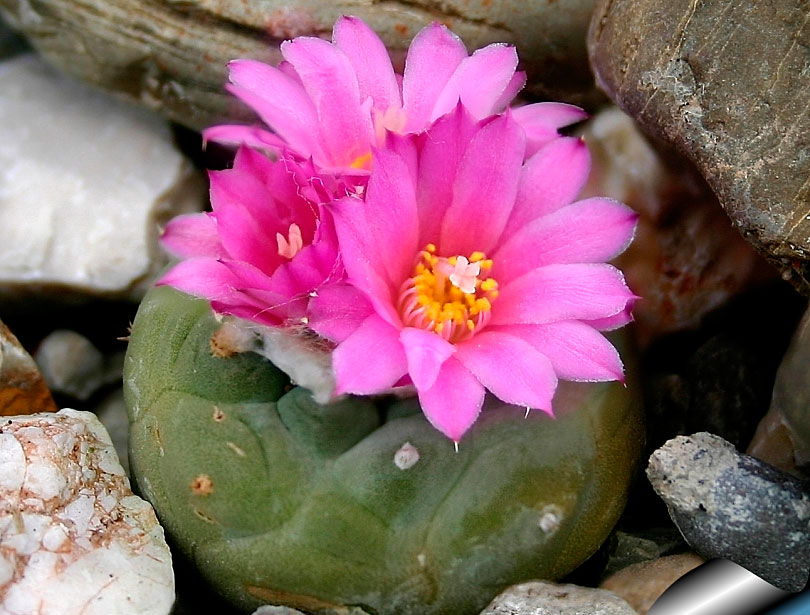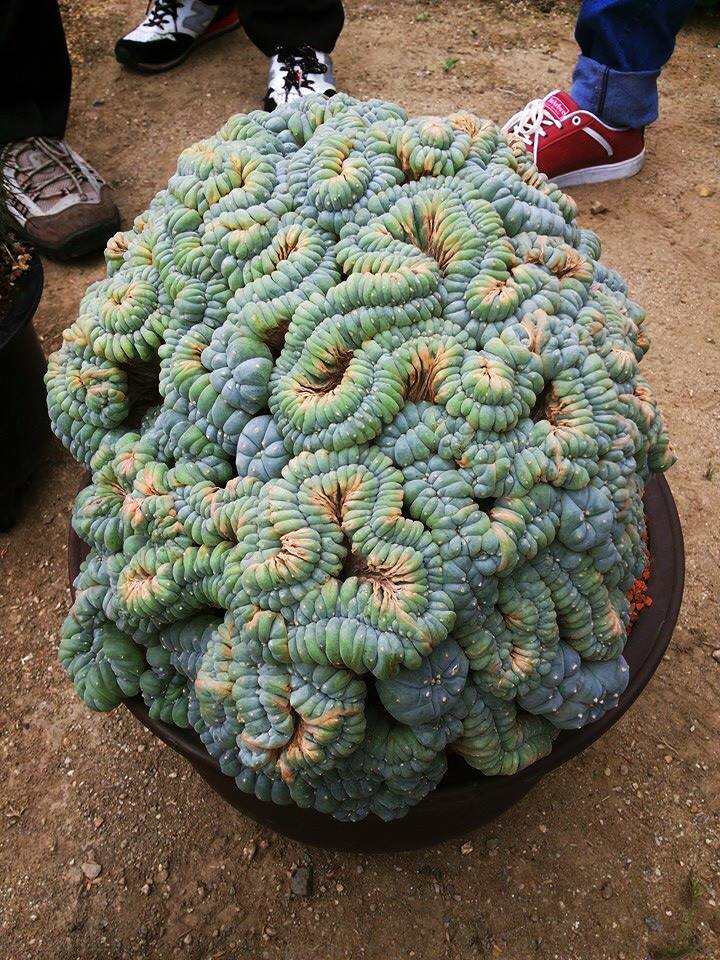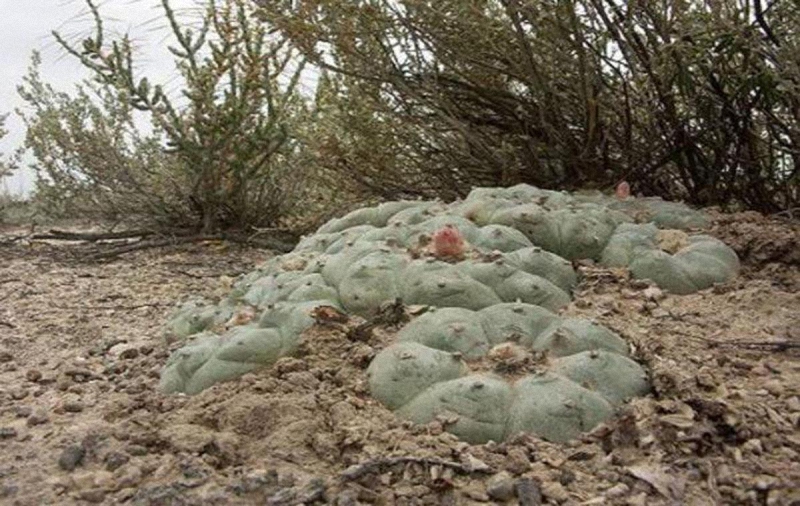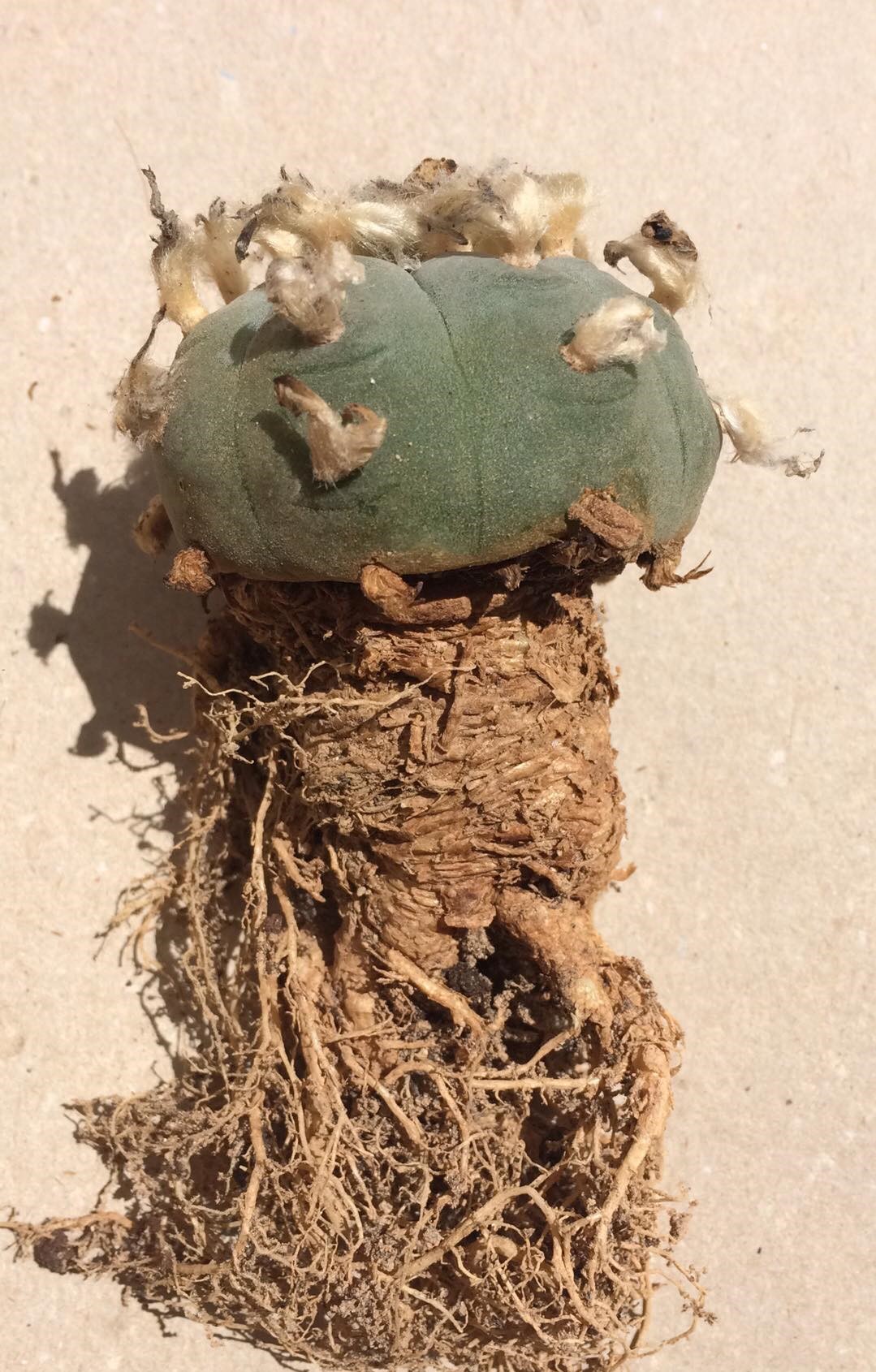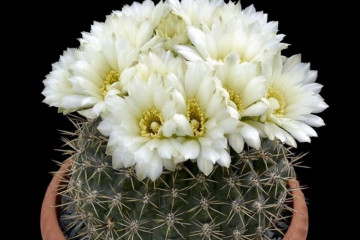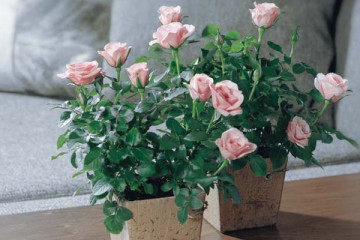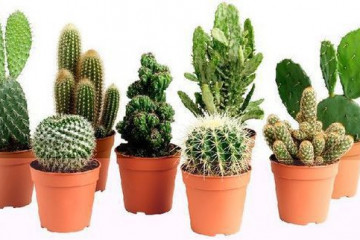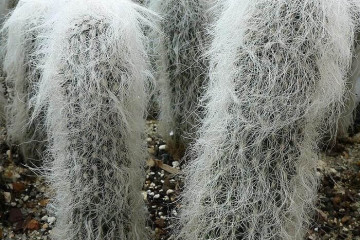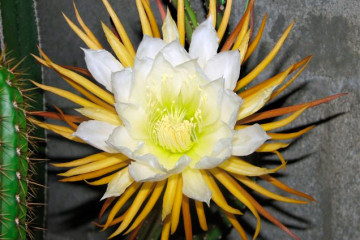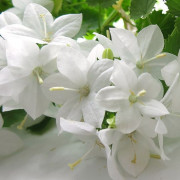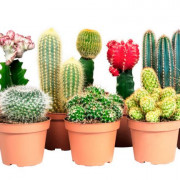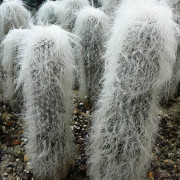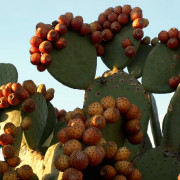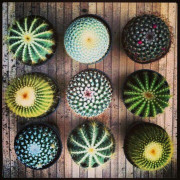Cactus Lophophora Williamsii - planting and care at home
Content:
Lophophore Williams' smooth North American cacti, also known as peyote, are native to the mountains of the United States and Mexico and can be grown at home. These plants have long been used in shamanic practices of Indian tribes. They are distinguished by the presence of alkaloids in their juice, which have invigorating, healing, and, in large quantities, hallucinogenic effects. The main active ingredient is mescaline, which is prohibited in a number of states, but due to its insignificant amount in cacti grown in indoor conditions, as well as the long period of plant growth, the legislation of the Russian Federation allows you to have up to 2 copies of lophophora.
What does Williams' lophophore look like, which family does it belong to?
There is no uniformity among botanical communities as to how many species the Lophophora cactus family has, according to various sources their number ranges from 2 to 5. The most famous of them is Lophophora Williamsii, which has the highest mescaline content.
Also in the genus, such species were identified as:
- Lophophora Diffusa;
- Lophophora Alberto-vojtechii;
- Lophophora Koehresii;
- Lophophora Fricii.
Lofofora Williams outwardly represents an oblong spherical and velvety to the touch stem of blue-green color, reaching up to 12-15 cm in diameter and up to 7 cm in height.
The cactus can have a comb, deceiving, bushy, and also convex five and multi-ribbed shapes. Areoles can release bundles with a different, depending on the specimen and plant age, the number of straw hairs. The bulky turnip root has a diameter identical to the stem (taking into account all young superficial processes), and grows longer than the length of the stem.
Features of home care
The lophophore cactus can easily be grown in a home environment, and providing the conditions necessary for healthy growth will not require unnecessary costs and close attention. The Williams lophophore species is gaining from 5 to 10 mm of growth per year. Considering that only cacti grown in natural habitat can be of interest to law enforcement agencies, the cultivation of this plant is quite acceptable. This cactus is interesting enough for collectors.
Temperature
In summer, for this variety of cacti, temperatures are quite normal in this season in the middle zone. The limit of permissible values is 40 ° C.
In winter, Cactus Lophophora Williamsii begins a dormant period. At this time, the required temperature is considered to be a thermometer reading from 10 to 12 ° C.
Lighting
It is not recommended to allow direct sunlight to fall on the cactus, except in springtime, in the rest of the year it requires good diffused lighting.
In the spring, the plant adapts to the increasing solar activity, while placing the pots directly in the sun is only possible after a significant spring swelling of the cactus surface.
Watering
The frequency and amount of watering is determined by the season, soil condition and temperature.
- From the end of September until the set of turgor in late March, the plant cannot be watered, otherwise the lophophora begins to rot.
- In the summer, relatively frequent watering is carried out, sufficient to prevent the soil from drying out.
- The rest of the time, the cactus should be watered not earlier than the significant drying of the substrate, this is approximately every 2 weeks.
Spraying
Lofofora Williams is sprayed with warm water. To preserve the cover of the areoles, it is recommended to refrain from spraying; during a hot period, moisture can be periodically sprayed onto the plant without accumulation of liquid in the areas of its aboveground part.
Humidity
The conditions of the home environment are sufficient for a cactus; for its natural and healthy growth, special measures to ensure moisture are not required.
Priming
The plant is planted in a loose substrate with good permeability and acidity of 6-7 pH. The soil should be 1/3 of a mixture of soil with nutrient organic matter and 2/3 of drainage additives. The first component is selectively used:
- sod soil;
- black soil with compost;
- black soil with deciduous humus.
For loosening components of the substrate, the following are suitable:
- marble chips;
- brick chips;
- coarse sand;
- perlite.
Top dressing
From April to September, the plant is fertilized monthly with liquid cactus feed. During these months, the lophophore passes through the growing season, and outside of it it is not recommended to apply fertilizers.
Features of care in winter and during rest
Before and after the growing season, this cactus does not need care in addition to providing diffused light in a room with a temperature of 10-12 ° C from the beginning of winter.
When and how it blooms
In mature individuals of Williams' lophophora, most of the hairs grow in the upper part of the stem. In the same area, new segments of the plant are formed, and in the spring flower buds form there.
The time of flowering begins in the summer, continuing until early autumn. Semi-double tubular flowers with many petals appear on the lophophore. Their size is about 2 cm, the plant blooms in tones ranging from red to white.
How Lophophora Williams reproduces
The plant is mainly bred with seeds, propagation by side shoots is also used.
In place of the faded flowers, pink-red berries of identical size form, each containing an average of 5 to 10 black seeds that can be sown all year round.
When buying seeds, special instructions may be attached to them, in other cases they are soaked for a couple of hours in distilled water, dried with a paper napkin and evenly distributed over a moistened substrate from a share of vermiculite, two shares of deciduous humus and one charcoal at a distance of at least 15 mm from the border capacity.
Germination will take from 3 to 7 days, and the necessary conditions assume:
- good diffused lighting;
- covering with a plastic bag.
- temperature from 23 to 25 ° С;
- ventilation every day;
- one hundred percent humidity.
Within 2-3 weeks after the emergence of sprouts, a pick is carried out with a distance of 2-3 mm, by pulling the bag over the container overnight and watering sufficient so that the soil does not dry out.
The second pick is performed already in the soil for adult cacti to close the seedlings. Watering is reduced until the land dries up. When the plants grow 1.5-2 cm in diameter, they are seated separately.
During vegetative propagation in the fall, grown cuttings are carefully cut from the main stem, the cut of the trunk should be air-dried for a day. Young shoots are placed on perlite without watering and kept under conditions identical to adult lophophores during the dormant period.By the spring, they release the roots, after which they are seated in pots.
Transfer
For these cacti, high-breasted containers are suitable with the expectation of massive and deeply growing roots. The pots must be well drained; bone meal can also be added to the substrate in a proportion of 10 g per 10 l volume.
After planting the plant, the soil is covered with fine gravel in thin layers, and it also covers the root section of the lophophora.
In the first three years, the houseplant is transplanted every spring. Then the frequency should be gradually reduced by replanting the lofofora every 2-3 years.
Possible growing problems and diseases
Williams' lophophore cacti almost never get sick and are rarely infested with parasites. Growth deviations in most cases are caused by improper care.
Pests
If a spider mite, scale insect or mealybug is found on the plant, you need to check the conditions for keeping the cactus, the parasites are removed by standard means.
Growth deviations
If the plant looks drooping, and soft rotting spots appear on the stem or at its roots, this indicates excess moisture or watering during dormancy. In this case, vaccinations are used.
Slow or stopped growth, as well as the absence of young shoots, indicate winter watering or a lack of moisture obtained in summer.
The lack of lighting during the growing season and temperatures above the recommended ones in winter distort the shape of the lophophora stem.
This exotic inhabitant of the foothills of Mexico and the southern United States is extremely undemanding to care for. Lofofora Williams is easy to grow and reproduce. Subject to the simplest conditions of keeping, this plant will be able to become an adornment of any collection of cacti, a home greenhouse for many years and just look good on the windowsill.
